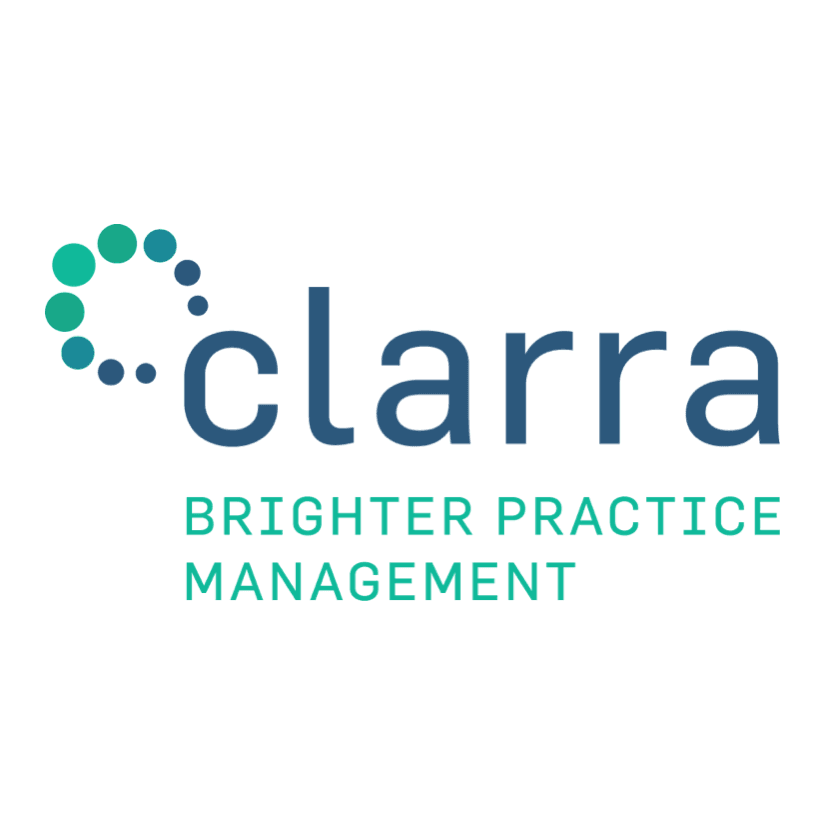Case Management
What is Case Management?
Top Products in Case Management
Who uses case management software, and why?
Law firms of any size, trial lawyers, other attorneys, paralegals, support professionals, law librarians, and docket teams use case management software. The software is best suited for supporting high-volume, low-margin legal work that involves calendaring appointments and court dates, completing court forms, scheduling court appearances, and managing trials.
What features does case management software include?
Case management software shares many features with legal practice management software, including client intake, conflict checking, document management, invoicing, and managing calendars, tasks, and contacts. In addition, the software includes features tailored to litigation, and may support:
- Client intake for mass torts and multi-district litigation.
- Automated, rules-based calendaring.
- Timelines and court deadlines.
- Court forms and rules.
- Docket management and e-filing.
- trial preparation.
- Exhibit and PDF management.
- Courtroom presentations.
The LawNext Directory features associated with case management software include Billing, Calendaring, Document Automation, Document Management, and Forms Library. Besides CMS, other relevant feature groups include Court Reporting; CRM, Marketing and Business Development; Depositions and Hearings; Docketing and E-Filing; Litigation Analysis; Litigation Management and Trial Presentation.
How can my law firm use case management software?
If your firm specializes in personal injury law or other litigation, you can get the most out of case management software as a workflow tool, from retaining a client all the way through to resolving or settling the case. The software design helps you quickly intake, retain and manage clients; prepare and conduct trials; and negotiate settlements.
If the firm has several practice areas, including litigation, case management software remains relevant to drafting documents and engaging in court proceedings, but other practices may not find it as applicable. Even so, case management software can support many practice areas by managing tasks, filling out forms, maintaining calendars, sending invoices, and creating templates and documents.
Should I select an all-in-one or an a-la-carte case management software?
Law firms with a litigation practice requiring end-to-end case management can find that an all-in-one platform suits most if not all of their practice needs. An all-in-one system has a modular design where all the pieces neatly work together. If the all-in-one does not suit your every need, make sure it supports an open application programming interface (API) and can integrate with other software and service providers. For example, many all-in-one providers do not offer docketing, court forms, electronic filing, case monitoring, and court notifications, such as Aderant’s ALN Cloud offering.
The downside of an all-in-one offering is that it is from one vendor. Keeping all the pieces current and working together may not allow the vendor to work on the cutting edge of new technology. Choose an a-la-carte case management product if your firm uses new technology to differentiate services and distinguish itself from competitors. But do not ignore the all-in-one offerings. The modular architecture of all-in-one offerings refers to productizing the modules and licensing them separately.
Suppose the firm has a variety of practice areas that do not fit the litigation model and end-to-end case management, such as business formation, intellectual property management, and corporate compliance. In that case, an a-la-carte offering of the tools you need is best. The balance of your technology budget can attend to other initiatives or practice areas.
Should I choose cloud-based software-as-a-service or cloud-based or on-premises?
Consider on-premises case management software if the firm needs to meet stringent client data security and privacy requirements or integrate with legacy systems that cloud-based systems cannot access. The downside to on-premises deployment is that the firm must have sufficient IT budget and resources to support installation, troubleshooting and maintenance of the software. Ensure you can access and use the software from remote locations, such as courts or client offices.
Use cloud-based case management software to reduce the total cost of ownership. The user experience from a cloud-based product is like on-premises systems, but users get immediate access to the software's latest features and security updates in the cloud. Cloud software requires no capital expenditures and maintenance on local computers to run the software. It relieves organizations of the administrative burden of supporting, upgrading, and patching on-premises servers and software.
Law firms have been increasingly migrating to cloud-based software-as-a-service (SaaS), where reliability, performance, and security requirements can meet or exceed on-premises resources. Small and midsized companies embrace SaaS to compete with the resources of large firms and global legal services providers. Organizations of all sizes can reduce their total cost of ownership in this software by using SaaS.
What should I expect to pay for case management software?
For case management software, you should expect to pay per user per month or annual licensing, regardless of whether you opt for all-in-one or a-la-cart software. CaseFleet starts at $360 per user per year, but if you need docketing software, you must add it from another vendor. CASEpeer begins at $85 per user per month. Like CaseFleet, you will need to add software to make a comprehensive system.




